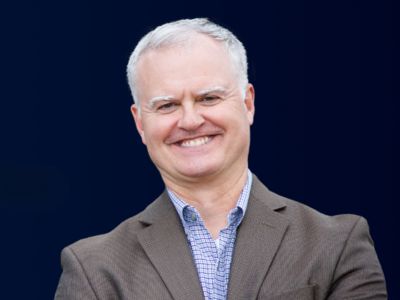How to Address Your Firm’s Bottlenecks with Ben Hudson and John Grant
The biggest revelations Ben has experienced through his work with John and Melissa.
Description
Do you ever wonder what kind of impact having an expert by your side can have on your practice? What are the similarities between the processes Melissa teaches in Velocity Work and other experts in the field? Can you apply different approaches and see results in your firm?
This week, you’re hearing Melissa’s conversation with Mastery Group member Ben Hudson of Hudson Law and John Grant of Agile Attorney Consulting who you recently heard on the podcast. Ben has worked with both Melissa and John, and on this episode, he’s sharing what it’s like being facilitated through Monday Map, his work focusing on the Kanban methodology with John, and why they’re complementary.
Tune in as Ben showcases the value of getting expert help to help you accomplish your goals, and how Melissa and John are essentially cracking the same nut but with slightly different approaches. Ben is offering context for what exactly Velocity Work is, and how he’s done the work to optimize his firm.
If you're a law firm owner who's thirsty for figuring out exactly what you're aiming for and making a really well thought out, deliberate strategic plan to get there, and then having accountability and coaching along the way so that you can really honor your plans, then join us in Mastery Group.
What You’ll Discover:
• Ben’s insights on how John’s work and the work done inside Velocity Work are complementary.
• The biggest revelations Ben has experienced through his work with John and Melissa.
• How John helps his clients understand what they need to tend to first.
• The advantage of having a workflow that helps you deliver different flavors of work.
• Where there are similarities between Melissa’s approach and the Kanban methodology.
• How adding capacity could actually make things worse in your practice.
• The value of optimizing flow efficiency.
• How the Kanban mythology makes lawyers’ lives and the communities they serve better.
Featured on the Show:
• Create space, mindset, and concrete plans for growth. Start here: Velocity Work Monday Map.
• Join Mastery Group
• Join the waitlist for our next Monday Map Accelerator, a 5-day virtual deep-dive event.
• John Grant: Agile Attorney Consulting | Podcast
• Ben Hudson: Hudson Law | Podcast | Instagram
• Trello
• Asana
• Monday
• The Checklist Manifesto: How to Get Things Right by Atul Gawande
• ChatGPT
• #204: Up-level the Client Experience with John Grant
Enjoy the Show?
Leave me a review in Apple Podcasts or anywhere else you listen!
Transcript
Latest pods

Reflection for the New Year: 4 Anchors for Clarity and Growth
Reflect on your law firm’s future with 4 key anchors to gain clarity and set yourself up for success in 2026.

Impact Audit: Measuring the Ripple Effect of Your Law Firm
Discover how to measure your law firm’s ripple effect and evaluate its true health with an impact audit.

Breaking Down Your Law Firm’s Revenue Goal: A Clear Path to Success
Learn how to break down your revenue goals into actionable steps for your law firm’s success.

Hiring from Desperation: What You Should Do before You Hire
Avoid hiring from desperation. Learn what to do before you hire so your law firm grows wisely.

Tax Strategy: Proactive Planning with Tax Attorney Megan Robin
Learn proactive tax strategies for law firm owners with tax attorney Megan Robin.

Learning and Implementing AI: Practical Steps for Law Firms with Ernie Svenson
Ernie Svenson shares practical steps for law firm owners to implement AI tools effectively.
Join like-minded law firm owners
Transform your firm, starting today
Velocity Work is a business consultancy exclusively focused on law firm owners. We specialize in strategic planning, operational clarity, and performance accountability.
Our initial consult call is free, empowering and zero-pressure.



























